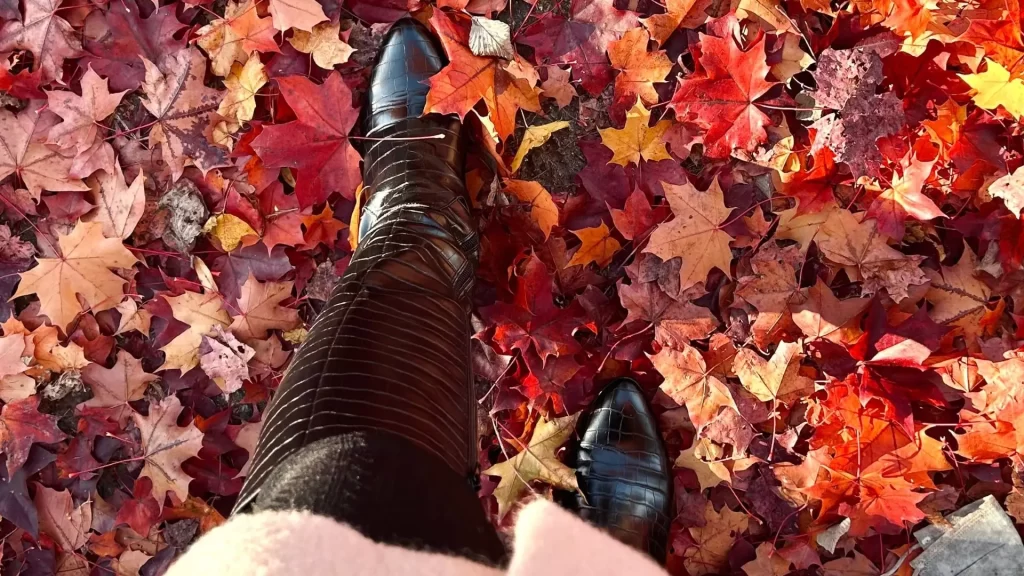Autumn has quietly become the internet’s “second January.” It’s when creators and audiences alike hit pause, refresh their routines, and embrace both cozy rituals and cultural spectacles. For brands, fall is no longer just a seasonal mood, it’s a strategic reset point, where new ideas, habits, and shopping behaviors take shape.
 Autumn as the year’s reset
Autumn as the year’s reset
September is now seen as the “soft new year.” Influencers fuel this with content around productivity, lifestyle overhauls, and creative inspiration, from morning routines and wellness journaling to wardrobe refreshes and study hacks. For audiences, fall feels like a blank page. For brands, it’s a natural hook for launches and repositioning.
Seasonal storytelling as ritual
Autumn isn’t just an aesthetic; it’s a ritual cycle. Influencers package their routines, the first warm drink, switching from iced coffee to tea, layering outfits, cozy nights in, into seasonal storytelling arcs. This sense of shared ritual builds intimacy and repeat engagement, giving brands recurring touchpoints throughout the season.
Cultural moments as marketing stages
From Halloween to Thanksgiving to Black Friday, autumn is stacked with high-engagement milestones. Each moment becomes a stage for influencer creativity: costume reveals, gratitude challenges, pre-holiday hauls. The smartest brands don’t treat these as isolated spikes but as interconnected arcs in a long campaign cycle.
The emotional palette of fall
Beyond trends, fall content taps into deeper moods: nostalgia, coziness, anticipation. Influencers curate not just outfits or recipes, but atmospheres, playlists, lighting setups, seasonal rituals that become part of followers’ own lives. This emotional layering turns seasonal marketing into cultural participation.
The Scroll-to-Store surge
Fall is when browsing turns into buying. With holiday shopping starting earlier each year, influencers play a pivotal role in bridging inspiration and transaction. Shoppable videos, affiliate links, and live-stream hauls make platforms into the new storefronts, especially as Gen Z and Gen Alpha bypass traditional ads entirely.















